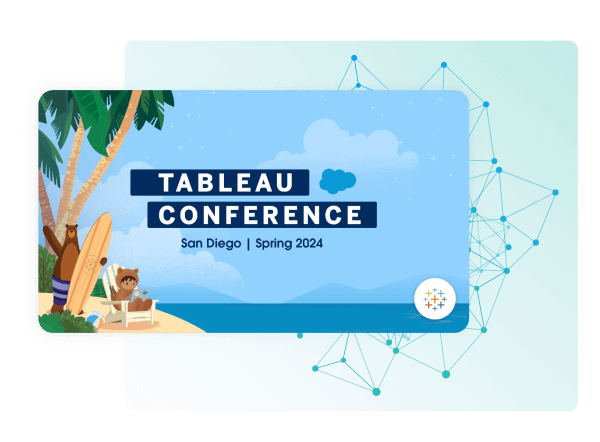Discover how a bimodal integration strategy can address the major data management challenges facing your organization today.
Get the Report →How to Build an ETL App for Act-On Data in Python with CData
Create ETL applications and real-time data pipelines for Act-On data in Python with petl.
The rich ecosystem of Python modules lets you get to work quickly and integrate your systems more effectively. With the CData Python Connector for Act-On and the petl framework, you can build Act-On-connected applications and pipelines for extracting, transforming, and loading Act-On data. This article shows how to connect to Act-On with the CData Python Connector and use petl and pandas to extract, transform, and load Act-On data.
With built-in, optimized data processing, the CData Python Connector offers unmatched performance for interacting with live Act-On data in Python. When you issue complex SQL queries from Act-On, the driver pushes supported SQL operations, like filters and aggregations, directly to Act-On and utilizes the embedded SQL engine to process unsupported operations client-side (often SQL functions and JOIN operations).
Connecting to Act-On Data
Connecting to Act-On data looks just like connecting to any relational data source. Create a connection string using the required connection properties. For this article, you will pass the connection string as a parameter to the create_engine function.
ActOn uses the OAuth authentication standard. To authenticate using OAuth, you will need to create an app to obtain the OAuthClientId, OAuthClientSecret, and CallbackURL connection properties.
See the Getting Started guide in the CData driver documentation for more information.
After installing the CData Act-On Connector, follow the procedure below to install the other required modules and start accessing Act-On through Python objects.
Install Required Modules
Use the pip utility to install the required modules and frameworks:
pip install petl pip install pandas
Build an ETL App for Act-On Data in Python
Once the required modules and frameworks are installed, we are ready to build our ETL app. Code snippets follow, but the full source code is available at the end of the article.
First, be sure to import the modules (including the CData Connector) with the following:
import petl as etl import pandas as pd import cdata.acton as mod
You can now connect with a connection string. Use the connect function for the CData Act-On Connector to create a connection for working with Act-On data.
cnxn = mod.connect("InitiateOAuth=GETANDREFRESH;OAuthSettingsLocation=/PATH/TO/OAuthSettings.txt")")
Create a SQL Statement to Query Act-On
Use SQL to create a statement for querying Act-On. In this article, we read data from the Images entity.
sql = "SELECT Id, Name FROM Images WHERE FolderName = 'New Folder'"
Extract, Transform, and Load the Act-On Data
With the query results stored in a DataFrame, we can use petl to extract, transform, and load the Act-On data. In this example, we extract Act-On data, sort the data by the Name column, and load the data into a CSV file.
Loading Act-On Data into a CSV File
table1 = etl.fromdb(cnxn,sql) table2 = etl.sort(table1,'Name') etl.tocsv(table2,'images_data.csv')
In the following example, we add new rows to the Images table.
Adding New Rows to Act-On
table1 = [ ['Id','Name'], ['NewId1','NewName1'], ['NewId2','NewName2'], ['NewId3','NewName3'] ] etl.appenddb(table1, cnxn, 'Images')
With the CData Python Connector for Act-On, you can work with Act-On data just like you would with any database, including direct access to data in ETL packages like petl.
Free Trial & More Information
Download a free, 30-day trial of the CData Python Connector for Act-On to start building Python apps and scripts with connectivity to Act-On data. Reach out to our Support Team if you have any questions.
Full Source Code
import petl as etl
import pandas as pd
import cdata.acton as mod
cnxn = mod.connect("InitiateOAuth=GETANDREFRESH;OAuthSettingsLocation=/PATH/TO/OAuthSettings.txt")")
sql = "SELECT Id, Name FROM Images WHERE FolderName = 'New Folder'"
table1 = etl.fromdb(cnxn,sql)
table2 = etl.sort(table1,'Name')
etl.tocsv(table2,'images_data.csv')
table3 = [ ['Id','Name'], ['NewId1','NewName1'], ['NewId2','NewName2'], ['NewId3','NewName3'] ]
etl.appenddb(table3, cnxn, 'Images')






